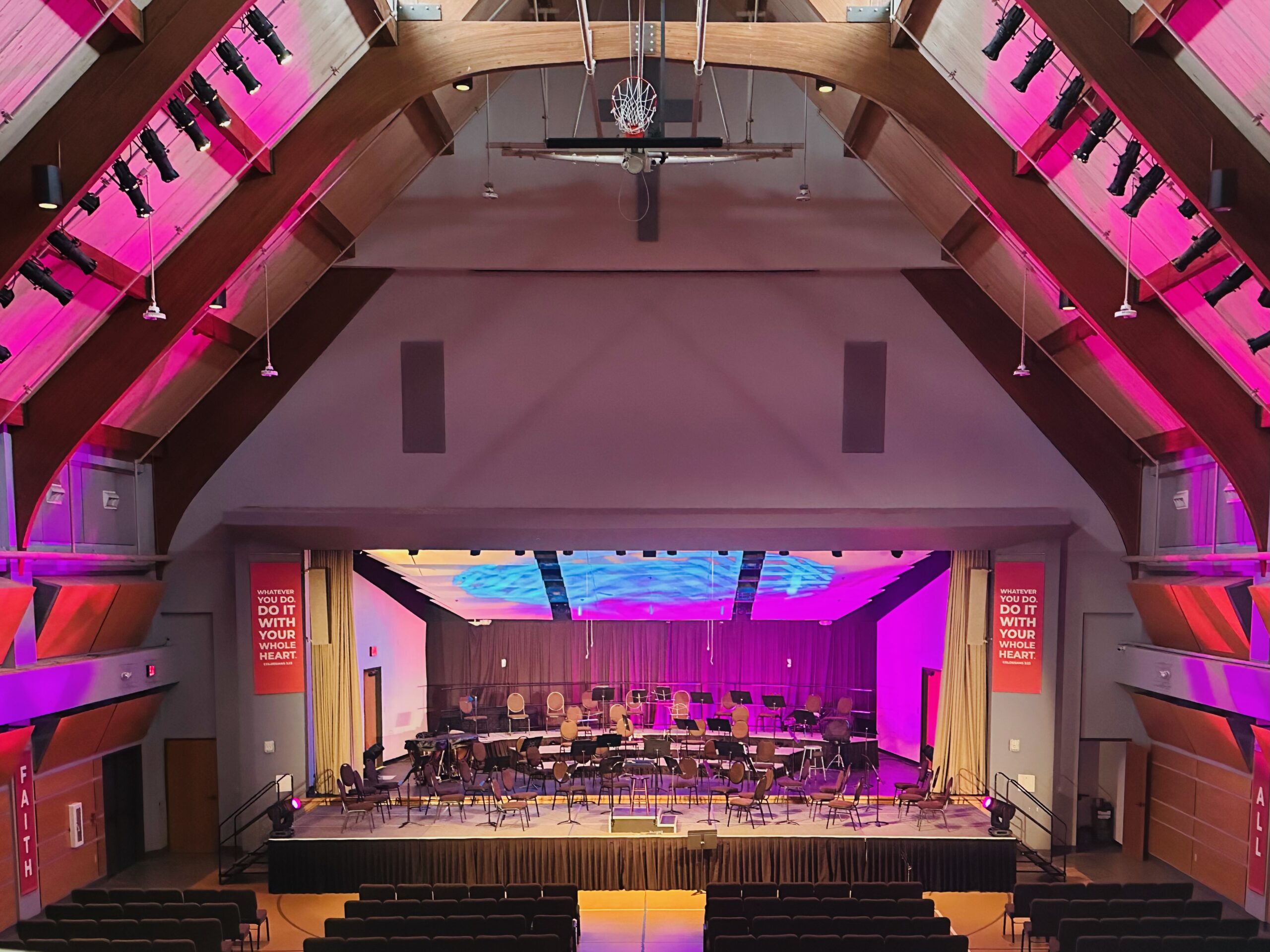

Charles Dickens has a timeless quote that says, “It was the best of times, it was the worst of times, it was the age of wisdom, it was the age of foolishness, it was the epoch of belief, it was the epoch of incredulity, it was the season of light, it was the season of darkness, it was the spring of hope, it was the winter of despair.” Looking at that statement you realize that the past, present, and future are always about the same in the human endeavor.
Truly, these are the bests of times AND, simultaneously, the worst of times. Technological advances have allowed us to see people around the world on our phone in real time. Medical advances have helped cure or heal sicknesses and disease that would have eradicated whole civilizations. Knowledge has increased a million-fold in the last 10 years, and opportunities to start, create, or change your life to whatever you want it to be greatly abound. Yet, one virus brought the whole world to a grinding halt.
This, then, brings up how we view the world and it’s complexities. It’s great to have leaders who see the glass half full, but so many more see the glass half empty. And when you see the glass half empty you won’t ask the question of how can we fill it up even more. No, you say “How do we conserve or protect what’s in the glass?”
This line of questioning assumes that there can’t be enough for everyone. It implies scarcity and loss. It projects fear and doubt. It leaves no room for growth because it rejects the hope and positivity. What does that have to do with technology, though? Everything.
See, the pandemic showed us, and hopefully, taught us, at least, one thing. The businesses, churches, and organizations that weren’t prepared, technologically and financially, for no in-person contact due to being shut down couldn’t ramp up as fast and properly to support online and virtual interaction. This is not a pandemic problem. It was and is a vision problem.
Not understanding how patrons are using technology and not keeping up with technological trends broke the back of every organization that refused to keep up with what was already going on. The pandemic only uncovered who was ready and who wasn’t.
Every business, church, and organizational leader should be keeping an eye on the pulse of technology and how the masses use it. It will be to the detriment of that organization as they fail to recognize the reality of the modern situation.
With that in mind, here are four steps to help any organization be successful with acquiring and implementing technology into their workflow in 2023.
1. Prioritize Back of House
Many companies and churches tend to focus on the more prominent part of their business which is the product. While their message, service, or product may be important, it’s essential to include attention on the factors that help support that product. Do you need the right computers to help with digital content? Are LED Walls, sound, lighting, and video critical for relaying the message or advertisement, and if so which products are the right ones to do that? Do you have enough bandwidth to support video conferences, online education, live stream broadcasts, and customer usage? Are you using technology to leverage your presence both in-person and online? Are you reaching people the way they want to be reached?
2. Consider Value vs Cost
One of the leading factors in the decision making process when organizations are trying to upgrade technology is cost. Cost tends to drive the perspective as if cost, alone, would guarantee good results. Cost is definitely a major factor, but it should be looked at in contrast to value.
See, in technology, most, if not all, purchases are investments. The investment should be able to give a return. When one makes an investment without the properly knowledge of what the investment is suppose to do, and what kind of return it will bring then it doesn’t matter how much money is spent or not spent, the investment is probably going to turn out to be a bad one.
Case in point. A church needs lighting fixtures to illuminate their stage because their videos are showing up too dark. The leaders choose to make a purchase of lights without doing a proper assessment of their lighting needs; how the lights would be used in the service, how they are to be controlled, and what was going to be considered enough lighting for the stage.
They know they didn’t have a budget for a lighting upgrade, and determine they can only spend $1,000 on lights. The person making the purchase doesn’t know how much fixtures cost, in general. They don’t know that you need a way to control the lights. (They’re thinking a light switch.) They don’t know where you should buy them. (Home Depot or Guitar Center? Hmmm.) But they do know all they have is a $1,000 to spend. Here is what’s going to happen. They’re going to buy a product that isn’t right, but they’ll have to live with. (And just so you know, they’ll spend another $1,000 in a few more months because they’re going to have to get the right coverage and usage out of the lights.)
What should have been done?
A lot of research. A professional or professionals should have been consulted. Then a lot of planning. A fund-raiser should have been executed, specifically, for lights if there wasn’t enough money for it. Then the right professional company should have installed it.
Now, the investment would have been made into the right product. That product would have been installed by the right integrator. And that product would last the church for a very, very long time. This would allow the church to be able to save for a longer period of time until the next upgrade was needed.
3. Consider the Supply Chain Issue in Planning
It’s about to be 2023, and the world is still dealing with supply chain issues. The global supply chain challenge isn’t something that will go away at the snap of a finger. One of the most daunting tasks of integrators and clients is dealing with the fact that if the client ordered something today it may not show up for a week or a month.
When starting technological projects, organizations have to consider the fact that they may have to wait for some items, and be ok with substituting brands or models that they want for others if there’s a delay in manufacturing or shipping. Proper planning and open conversations on all parties involved in such projects is going to be key in finishing projects and being happy with purchases.
4. Be Resolute, but Know When To Pivot
Do you recall in the year 2000, Netflix approached Blockbuster for a buyout deal, priced at $50 million dollars. Blockbuster refused. They believed their business model, which brought in millions of dollars, was superior.
You jump to today, and Blockbuster is gone, and Netflix is worth $149 Billion. There’s a lesson in the story of these two companies.
Most people are satisfied with what they currently know and do. Innovation is something they don’t mind talking about, but rarely want to embark upon. This is most people’s downfall.
See, if you’re not growing, you’re dying. You don’t get to stay the same. Nothing stays the same. Technology makes statement worst. Because as churches, companies, and organizations cling to old habits and technologies, customers, members, and patrons tend to move towards the future much faster than the places that serve them do.
Most people change their cars every 3 to 5 years, and yet you see some places with equipment so old and outdated that it boggles the mind. They don’t understand why they can’t retain customers or employees, and don’t understand why they can’t gain new ones.
Preparing for future growth should be a regular practice of any organization. Having the keen vision to actually see what’s going on and how to use technology to get you their should be part of the overall mandate. Technology is a tool to be used, and having the right tool that does the right job is going to be key to growth for any company.
New Perspective
Many organizations need a mind shift going into the new year. Most leaders started what they’re doing because of their passion; their calling. The world needs that passion.
Their are many challenges ahead for leaders of organizations. It’s the job of the leader to recognize these challenges, and forge solutions to those tests. Technology is one such that requires thought, planning, and partnership.
THOUGH. What do we want or need?
PLANNING. How do we achieve acquiring it, and what will it do for us?
PARTNERSHIP. Who can help us doing it effectively, efficiently, and productively?
Putting the right plans and actions in place will put you on the road to success in 2023.



